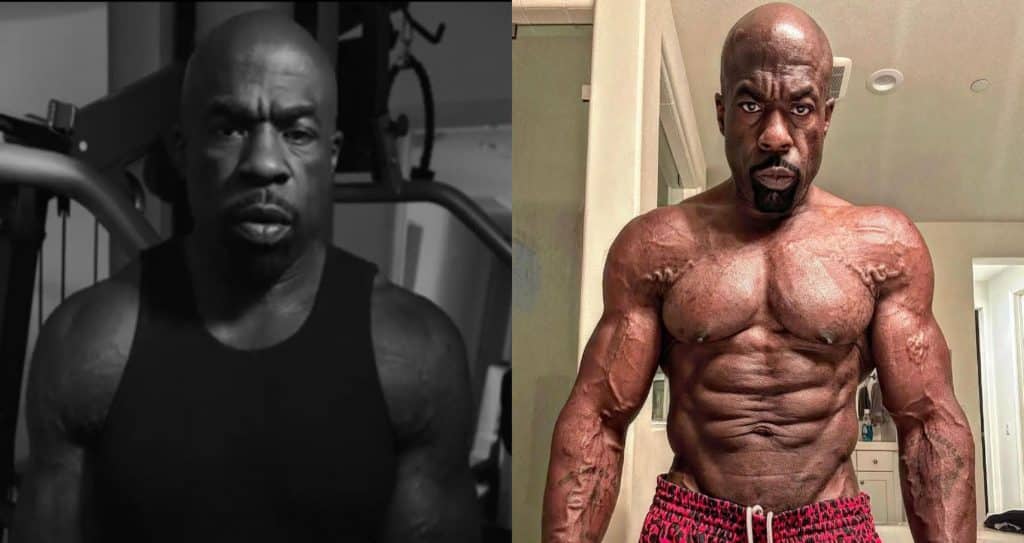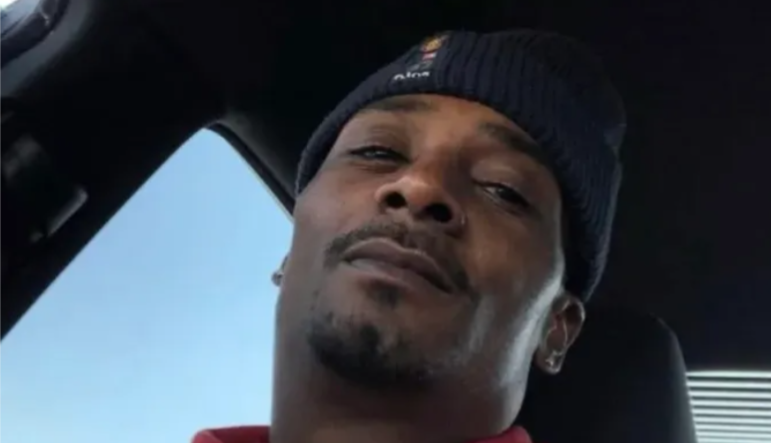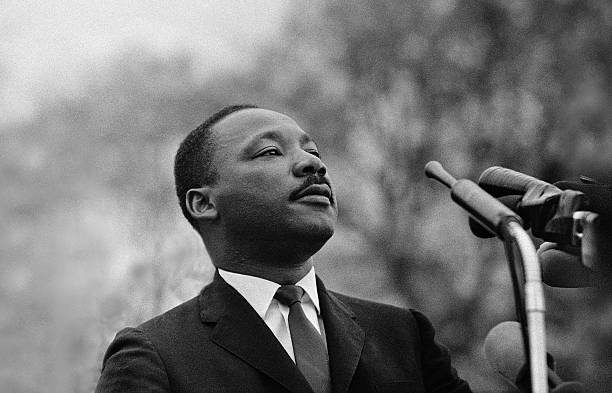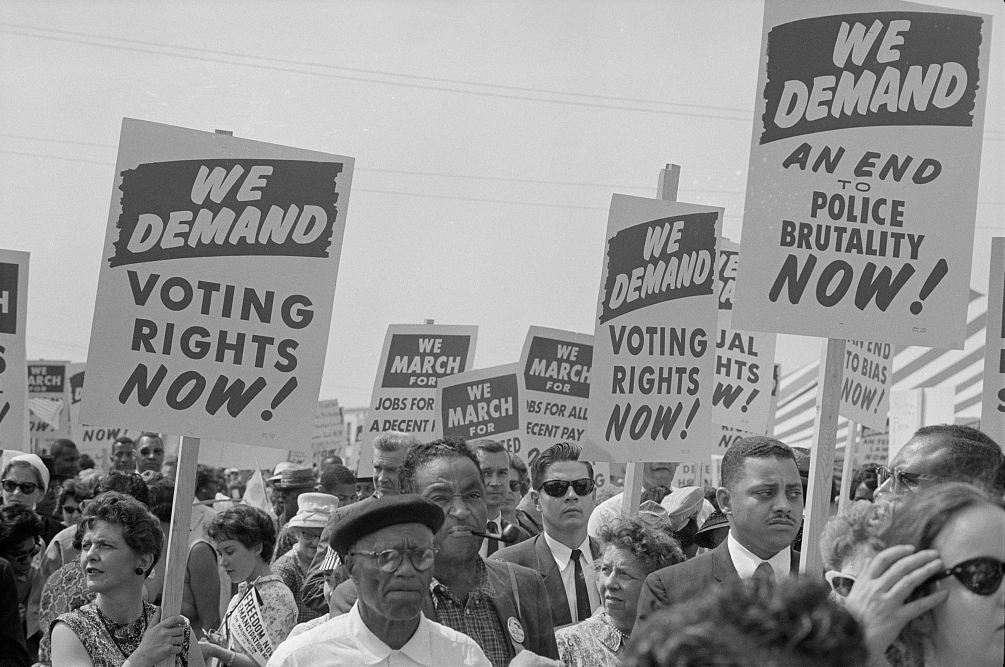(ThyBlackMan.com)
“Philanthropy is commendable, but it must not cause the philanthropist to overlook the circumstances of economic injustice which make philanthropy necessary.”
Martin Luther King
Many would agree the Black middle and upper classes have contributed greatly to the success of the American society during the last century, but questions still linger as to whether or not they are doing enough for the rest of Black America.
And, there is the issue of whether giving money is enough, or should the more affluent stay in the larger community to offer living examples of success.
There is little dispute that in the United States, living in a poor neighborhood frequently means living in an environment that is unhealthy and violent,  and may offer relatively poor learning and economic opportunities. Thus the exodus of middle-class families from poor Black neighborhoods increases the adverse effects of concentrated poverty.
and may offer relatively poor learning and economic opportunities. Thus the exodus of middle-class families from poor Black neighborhoods increases the adverse effects of concentrated poverty.
However, some in the middle class feel they are doing enough to contribute resources to the poor. At the same time, some Black families of a certain means do face a dilemma and ask themselves are they doing enough to help Blacks of lesser means, especially those who live in disadvantaged communities.
“You cannot lump all Black middle and upper class (people together) as not doing enough, because there are those who are doing more than they should be doing,” says psychologist Thomas A. Parham, Ph.D., University of California Irvine. “Rather than be offended I would invite them to take it as an invitation to explore, examine, and interrogate their own lives and find out if they have an opportunity to make a difference in the lives of someone else,” added the interim vice chancellor of student affairs.
Black separatism, comes with palpable costs as waves of Blacks flee to the suburbs, a desire stimulated by aspirations to escape the social distress of their former neighborhoods.
Studies have shown that troubling inequalities in Black neighborhoods may be contributing to the persistence of racial differences in economic mobility.
The Black middle class carries much of the load regarding financially and psychologically supporting those Blacks concentrated in poverty. Conversely, there is no shortage of consensus to explain why they are apparently not doing enough to resolve socioeconomic problems within the race.
“We have gotten comfortable,” says Bobby McDonald, president Black Chamber of Commerce. of Orange County. “From my point of view, there are those who believe that Black people have enough, and we don’t owe you anything. As African Americans, our biggest gains have been our biggest downfall. We don’t stand out or step up anymore. We are not at the city council or board of education meetings or in the community, because we are too busy working.”
Jamaica-born Dorothy McLeod has lived in the United States for more than 30 years, and insists that the average Black middle-class person is so preoccupied with not being poor that they do not want to take the time to think about helping the poor. “They prefer to block it out, because it’s too painful.”
The good news is that Black investments in neighborhoods can reduce the concentration of poverty and have powerful effects on the economic trajectories of children living within disadvantaged communities.
According to a 2010 study released by Brandeis University, the typical White family is now five times richer than its African American counterpart of the same class, and Black wealth was largely stagnant from 1984 to 2007.
However, in spite of income disparities, African Americans have a long and storied history of giving. They formed mutual-aid societies in the early 19th century to finance educational, business, social, and medical institutions.
“Black communities are known for giving more per capita than other communities (that) might have more wealth,” says Cedric Brown, board chair of Bay Area Blacks in Philanthropy. “Trying to organize ourselves and pool our dollars is a more recent phenomenon that is increasing.”
Jacquelyn L. Lendsey, director of the Black Philanthropic Alliance, in Washington, D.C., agrees but adds, “The African American community is no different than any other community, when it comes to giving. The contributions (first) go to faith-based organizations such as churches. Second would be organizations that are closest to our values. We have not seen a drop in giving, but folks are strategically targeting their money.”
According to Chandra Y. Anderson—interim director of the 21 Century Foundation, which is designed to lead, innovate, and influence giving for Black community change—Blacks do give and have historically been the most generous among donors. The areas they tend to support are education, religion, health, and human services. And coincidentally, added Anderson, institutions in these arenas tend to be the most organized when it comes to reaching out to potential funders and providing them with concrete and sustained mechanisms through which to give.
An April 2010 article in the journal The Chronicle of Philanthropy also noted that nearly three-quarters of the family foundations started by African Americans focus on helping youth.
Most of these foundations are small with assets ranging from $425,000 to $40 million, with the mean at just under $1 million. Most of them were established during the 1990s and more are located in California than any other state.
Nearly three-quarters of the foundations studied were started by either an athlete or his or her family members; eight percent were created by musicians, seven percent by actors, three percent by medical doctors, and two percent by business owners. The remaining seven percent were founded by people from a range of backgrounds, including, those who inherited money.
Lendsey and Brown agree that among middle-class and affluent Blacks there is a growing awareness of these ways of giving and the need to support Black community institutions. The Black church has always been a leader in the social and economic advancement of Black America. Critics blame the church for some of the problems because it seems to have lost its mission, and instead of taking communities higher have simply taken them for granted.
“When the church is doing a great job, Sunday is a celebration of the things that have taken place there throughout the week,” says Rev. Allen Williams, senior pastor of First A.M.E. Church Pasadena. “In general the struggle is, is middle-class Black America in church in order to meet the needs?”
Rev. Williams, like other Black ministers, acknowledges that the Black church has done a poor job because it has not been willing to abandon a building or sanctuary that no longer meet the needs of the African American community, because the area surrounding the church is no longer populated by Blacks.
Disparities within the Black community and how to resolve them is a socioeconomic dilemma that has plagued Black social and behavioral experts since the abolition of slavery in this country.
Black leadership near the turn of the century was divided between two tactics for racial equality—the economic and the political strategy. The most heated controversy at that time raged between Booker T. Washington and W. E. B. DuBois. Washington was the major spokesman for the gradualist economic strategy while DuBois was the primary advocate of the gradualist political strategy.
Washington urged Blacks, who were mostly impoverished farm laborers, to abandon their efforts for civil rights and instead cultivate a trade for real life job skills to achieve economic security. DuBois, however, declared the exact opposite approach. His strategy was political and focused on Blacks being book smart. He proposed developing the “Talented Tenth” so they could guide the masses.
How Blacks view themselves
Polls show that African Americans indeed look at themselves differently.
A January 2010 Pew survey surprisingly discovered enormous optimism among those surveyed. The percentage of Black Americans who thought Blacks were better off than they were five years before had almost doubled since 2007. There were also significant increases in the percentages who believed the standard-of-living gap between Whites and Blacks was decreasing.
But, even as African Americans have made gains in wealth and income, the question that remains is what is the determining factor in how much the middle class and affluent should sacrifice to help Black folk of lesser means.
Terrence Roberts, retired psychologist and civil rights icon, believes that within the group of folk who are able to help, you’ll find a continuum.
“There are folk who help all the time,” he said. “At the other end, there are those who never help and then there are those in between. There is no one perspective.”
He adds that because of the Civil Rights Movement and the opening up of multiple doors, Black people who were prepared “educationally and mentally are operating in the wider world successfully.”
Roberts concludes that other Black folk who were not prepared to take advantage of the opened doors became even more vulnerable to the system. The people who were prepared acquired a “broader vision,” therefore they could see that the system would welcome them with open arms. They developed an “arsenal of responses” so that they could continue to navigate that terrain. Could Black America be stopped in mid-stride, frozen in place, linked by race but divided by lifestyle, culture, and class?
“There needs to be a paradigm change within the Black community that includes some sustainable efforts to educate our young people and provide more mentors,” says David Ford, president of the Southern California Chapter of the American Association of Blacks in Energy.
Although the Black middle class continued to grow slowly, many others say Black people, in general, are not keeping up with the rest of the country, and fewer are attaining economic security.
“From my Jamaican perspective,” says McLeod, “I believe that Black people in America have not been really introduced to the Black Diaspora, and it prevents us from coming together because we need to help each other.”
There is a growing awareness of ways of giving back and the need to support Black community institutions.
Brown echoes, “I would like to see everyone make a commitment to serving and supporting a Black community organization that’s not necessarily their church home.”
The double-edged sword nature of their lifestyles have become increasingly familiar among prosperous Blacks over the years as the social price of economic progress. But, a bigger concern remains now and in the future, the fact that according to Pew studies the opportunity to enter that conflicted, but rewarding, middle and affluent class will be available to fewer Black households.
Subsequently, more people are asking is there any obligation to “give-back” to help pull up the rest of Black America?
“I don’t think it is a responsibility unless it is a chosen responsibility,” says Roberts. “I lean in the direction of a helper, but I don’t impose that on anyone else.”
There seems to be no denying there is a moral obligation to help “the least of those among us.” That includes the young, old, widows, the hungry, and the vulnerable.
Some higher-income Black people contrarily disagree that there’s an obligation to allow themselves to be consumed in an effort to rescue people who don’t want to be rescued. But, should having values, expectations, and standards be something we should be ashamed of? And, here is another truism to digest: if you don’t want to love and help your lower-income Black brethren, why would you expect White people to do it?
According Parham, “you have to fulfill a legacy rather than portray one. Helping people develop a sense of entitlement in attitude to help them understand they can make it in this world. Train young kids to develop a sense of mastery, but also develop some discipline around their work.”
As the need to assist the socioeconomically deprived rises, contemporary philanthropic organizations and individuals are beginning to join forces to try to reach a consensus on how to combat the layers of inequities within the Black community, including the issues of race and gender, disparities, and their relationship to achieving the American dream. Sadly these issues are no less relevant today than they have been at any time during the past 40 years.
Written By Xavier Higgs

















It is an issue for the author, appearently. Raising your kids in severely -socially and culturally- isolated places where it is normal to sound unintelligable to 90% of America is a recicipe for disaster, economically and otherwise.
We have to use the tools out there to empower ourselves. For instance, why in most African-American’s Web sites there is no section for job offers? Why don’t we send to each others through e-mail job offers? We can’t allow ourselves to continue to be selfish!!!
Excellent article. I recommend to the readers this classic book: http://www.amazon.com/Black-Bourgeoisie-Brought-Self-Revelation-Middle-Class/dp/0684832410/ref=sr_1_1?s=books&ie=UTF8&qid=1321031493&sr=1-1
This is a complete idiotic statement!
“And, there is the issue of whether giving money is enough, or should the more affluent stay in the larger community to offer living examples of success.”
An issue of whom?